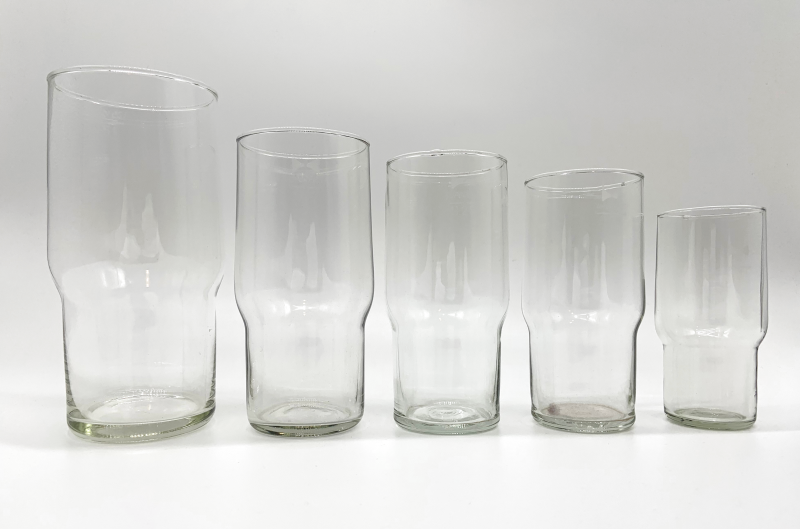I’m back!!! It’s been a while since I released a blog of any form. I thought it wise to take a break as I was finding these blogs to almost be a requirement that had to be done each...

I’m back!!! It’s been a while since I released a blog of any form. I thought it wise to take a break as I was finding these blogs to almost be a requirement that had to be done each week instead of enjoying the process and releasing them when they were ready.
Recently I decided to invest some time and start searching various beer websites to see how many more places I could tick off. This is the first one that I dropped on, so let’s get on with trying some beer!
Empresa de Cervejas da Madeira – Coral

This 5.1%, 330ml bottle cost just Ł2.20 from Beers of Europe.

A very light, sweet beer which is very quaffable. I think that’s the best way of describing this beer. It has a lovely honey backbone which warms your throat, a bit like a peaty whiskey would. Sadly the beer is lacking in carbonisation which has lead to the beer being rather flat halfway through drinking. This has also meant a lack of head retention. This doesn’t detract from the lovely sweet flavours however, the beer just doesn’t look as appealing as it could.
The brewery is based in Camara de Lobos. Technically a suburb of the much larger capital city of Funchal, it is one of the larger population centres and an extension of the Funchal economy. The location of the modern town is believed to be the original landing point for the Portuguese discoverer Joăo Gonçalves Zarco, who is credited with the discovery of the Madeira Islands. When the explorer disembarked in this area, he observed a narrow rocky peninsula that extended into the ocean, and another nearby that formed an amphitheatre-like harbour that could shelter ships from Atlantic storms.
 Camara de Lobos
Camara de Lobos
The island of Madeira is wet in the northwest, but dry in the southeast. In the 16th century the Portuguese started building levadas or aqueducts to carry water to the agricultural regions in the south. Madeira is very mountainous, and building the levadas was difficult and often convicts or slaves were used. Many are cut into the sides of mountains, and it was also necessary to dig 40 km of tunnels, some of which are still accessible. Today the levadas not only supply water to the southern parts of the island, but provide hydro-electric power. There are over 2,170 km of levadas and they provide a network of walking paths. Some provide easy and relaxing walks through the countryside, but others are narrow, crumbling ledges where a slip could result in serious injury or death. Since 2011, some improvements have been made to these pathways, after the 2010 Madeira floods and mudslides on the island, to clean and reconstruct some critical parts of the island, including the levadas. Such improvements involved the continuous maintenance of the water streams, cementing the trails, and positioning safety fences on dangerous paths.
 Example of a Levada
Example of a Levada
Jogo do pau, or game of the stick is a Portuguese martial art which focuses on the use of a staff of fixed measures and characteristics. The origins of this martial art are disputed, but its purpose was primarily self-defence. It was also used to settle arguments and matters of honour between individuals, families, and even villages. While popular in the northern mountains, it was practically unknown elsewhere. The popularity of this martial art was partly due to the demeanor of the northern folk, who valued personal and family honor enough to kill for it. It was also due in no small part to the relative ease of obtaining a staff as well as the versatility of such a tool: a staff or stick was almost universally present, used as a support for the long daily walks, to help cross the rivers, by the shepherds to protect the cattle from wild animals, and so on. There are references to this martial art being used by the guerrillas against the troops of Napoleon that were occupying Lisbon during the Peninsular War. The origins of the jogo do pau are medieval civil techniques of combat, used in times of war by foot soldiers who were often poor peasants who could not afford a better weapon. Evidence of this are found, for instance, from reports on the Battle of Aljubarrota. The technique was incorporated into horseback riding in the medieval book, “The art of being a good horseman on any saddle” by Edward I of Portugal (1391–1438). This martial art developed not in the urban areas more open to foreign influence. In the 20th century, the practice of jogo do pau suffered a quick decline due to the migrations from rural areas to the cities and the greater ease in access to firearms. The players born between 1910 and 1930 were the last generation to experience the flowering of the sport. The memories of this generation provided a continuity in the 1970s, when the sport was revive. Today, the sport is still rather marginal in Portugal, however the art is also practised in the Azores and Madeira,

Finding this beer was a lovely surprise. It’s been nice to finally get back in the beer blogging trail and so long away. I glad to report that I have a few more beers lined up for the coming weeks too so this won’t be a one off blog. Catch you all soon!











